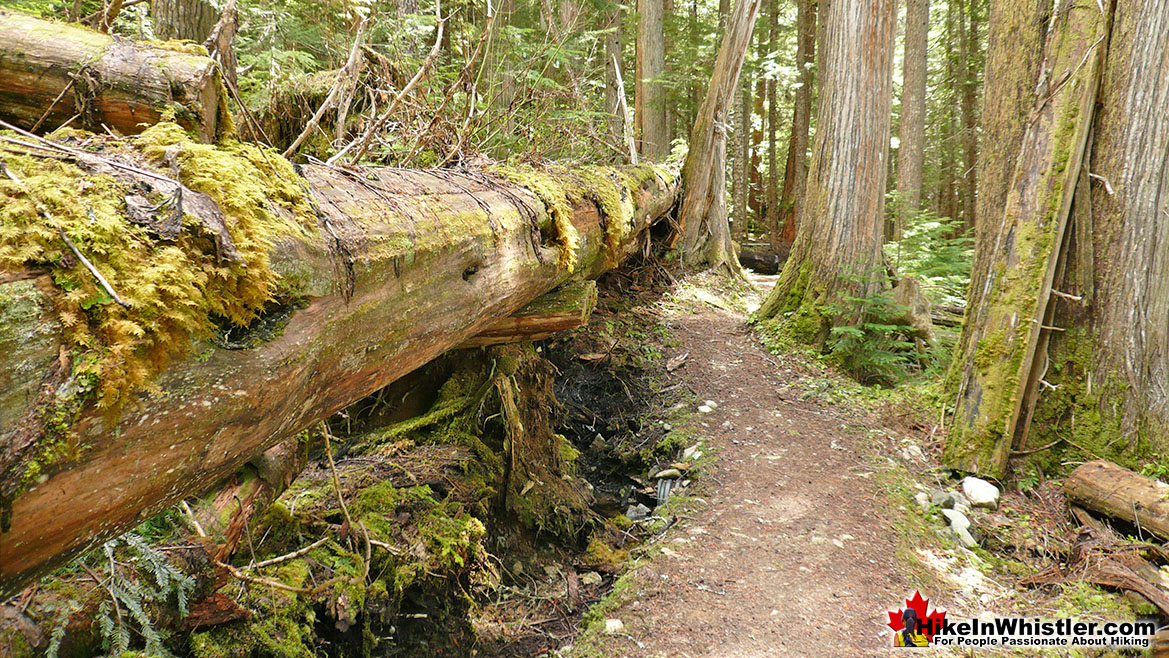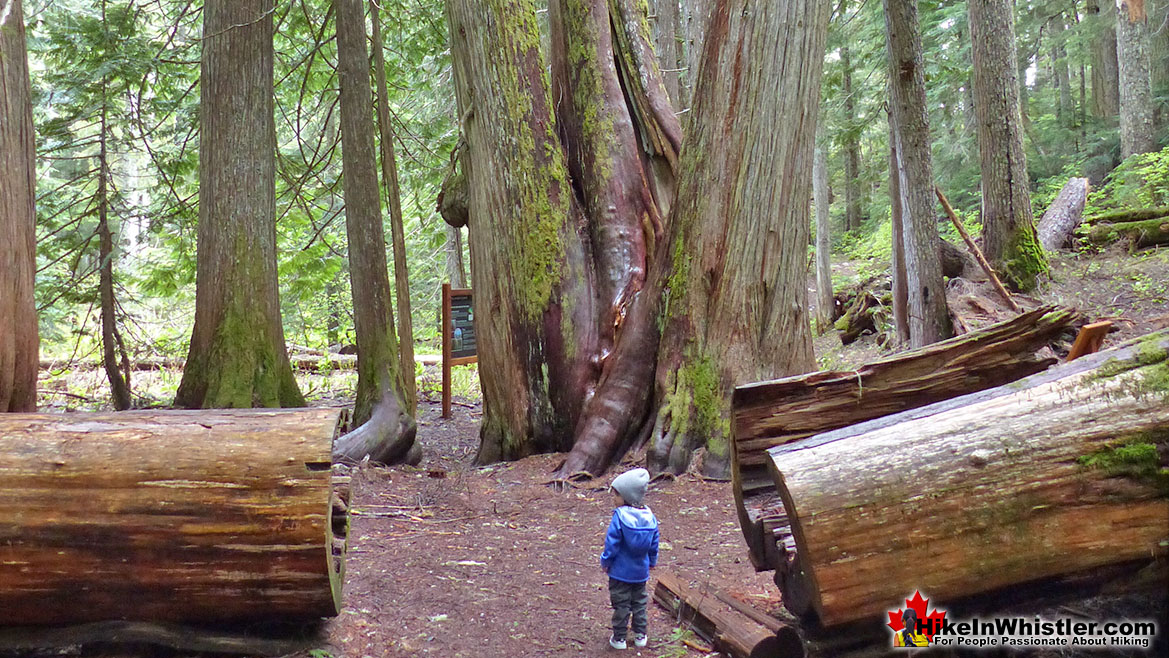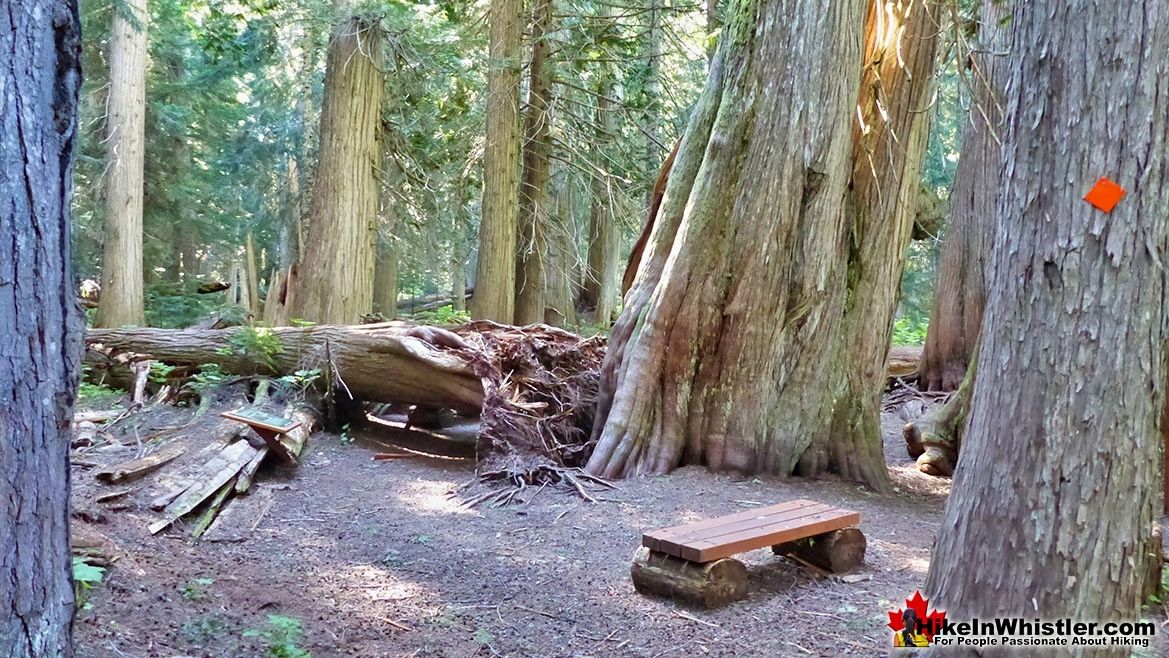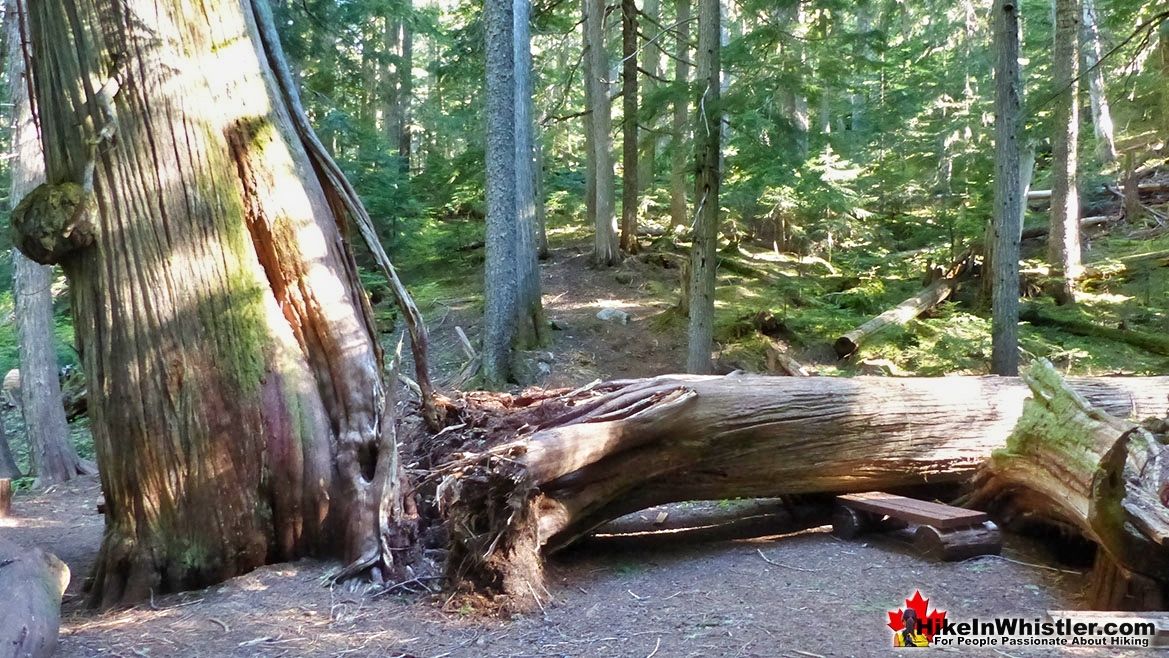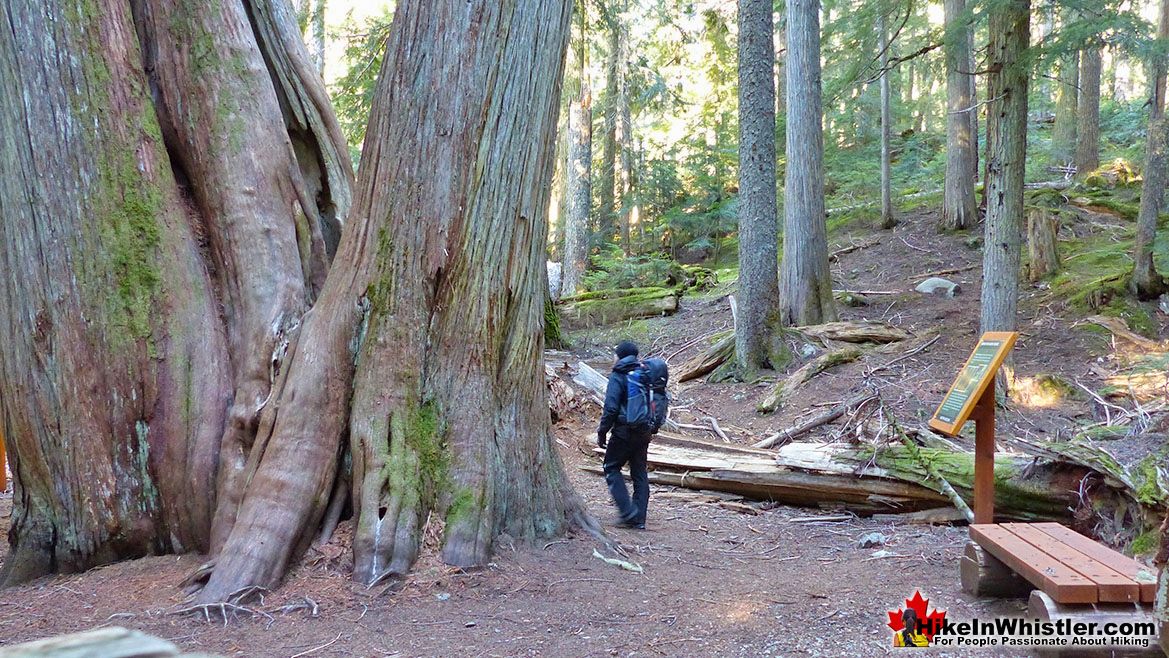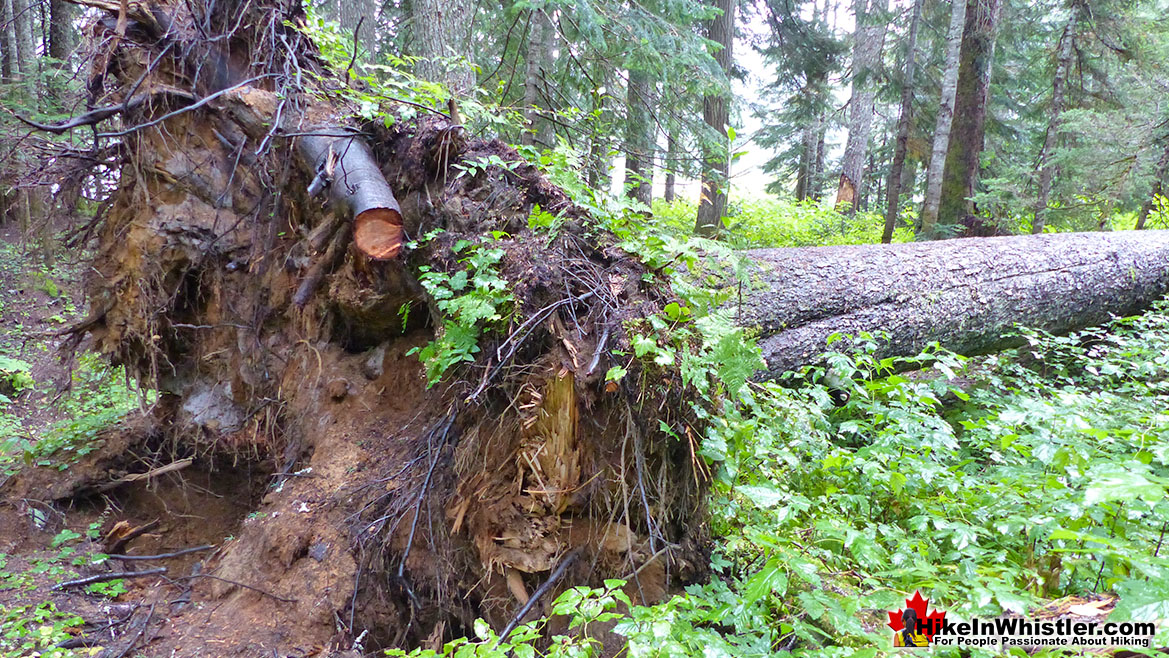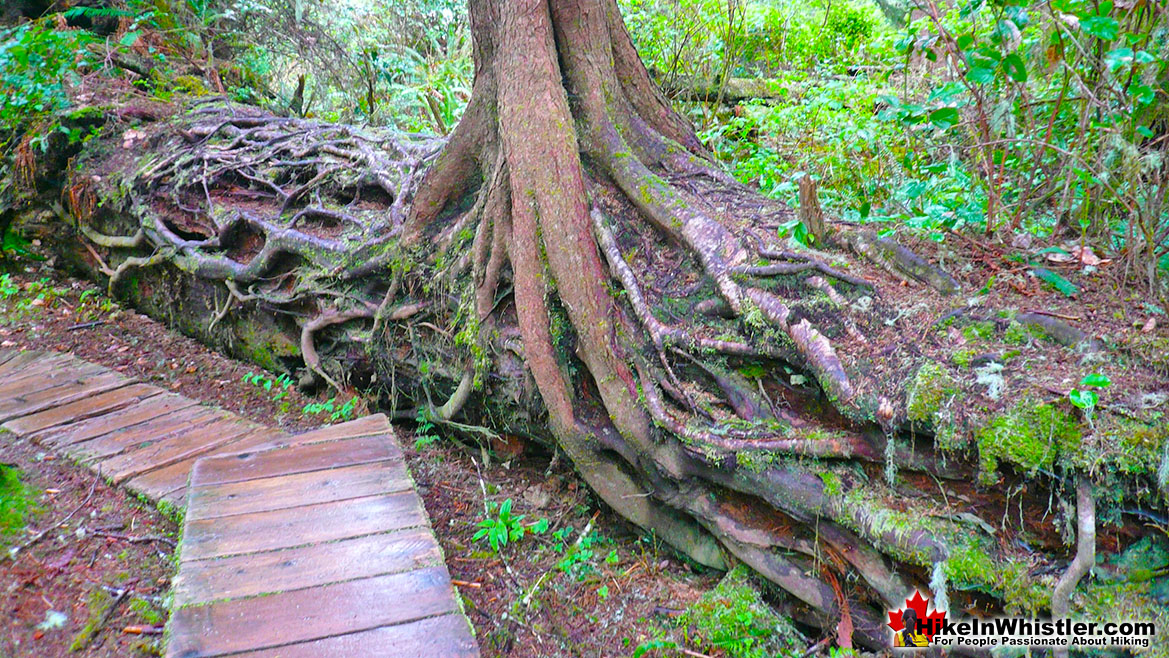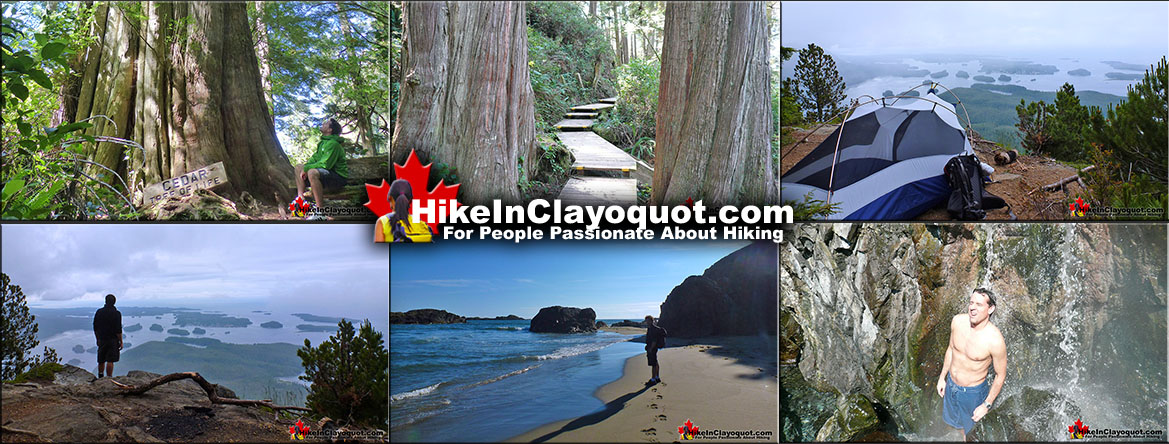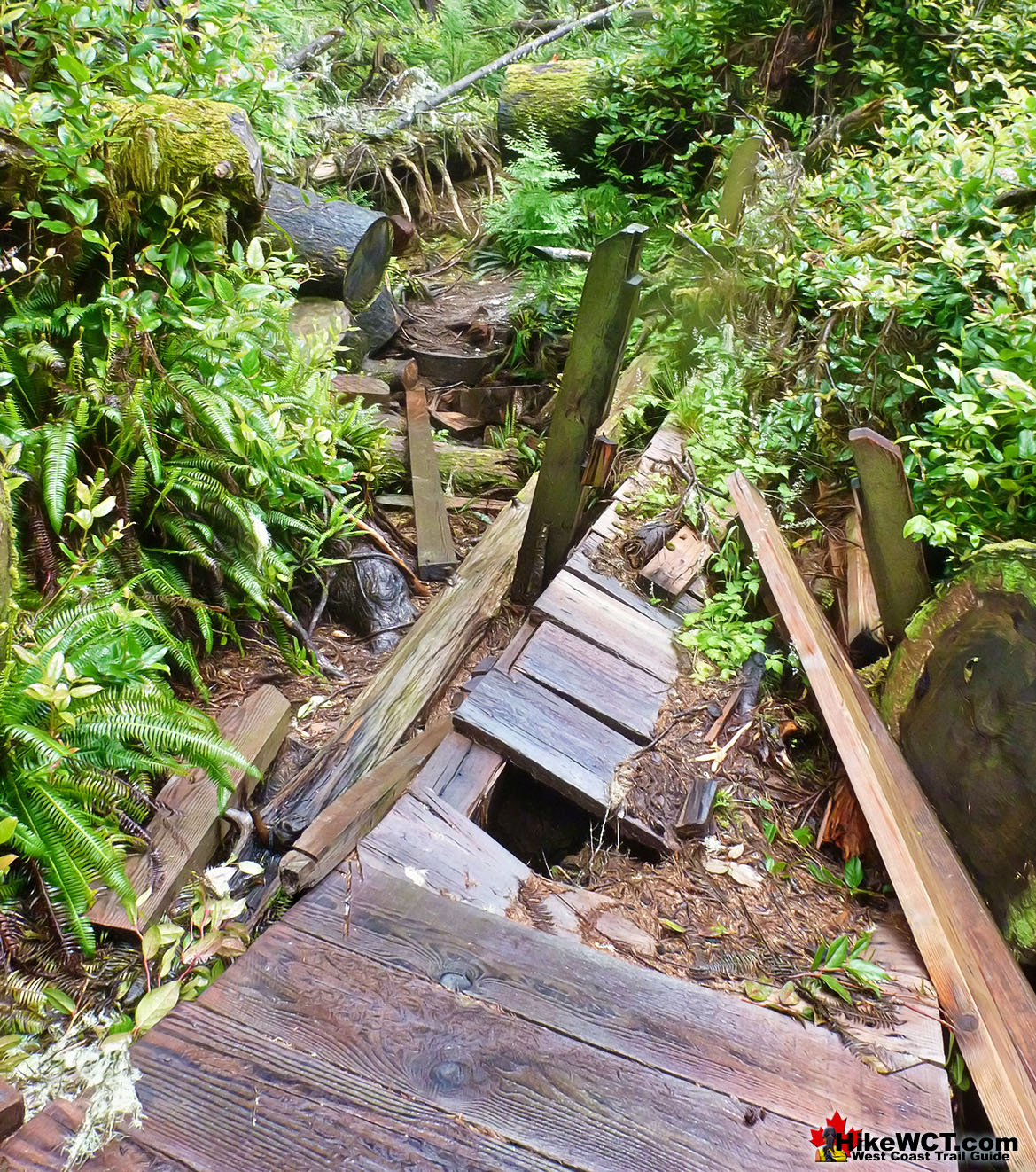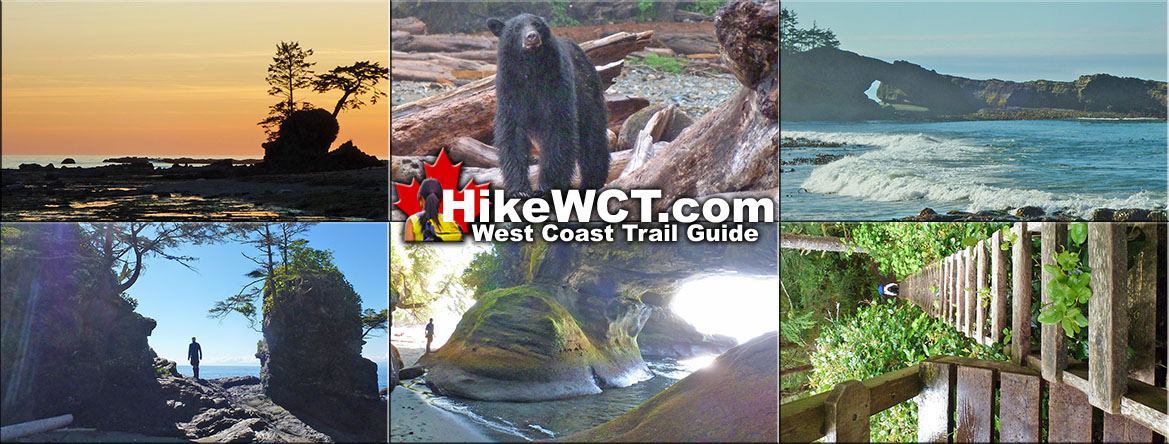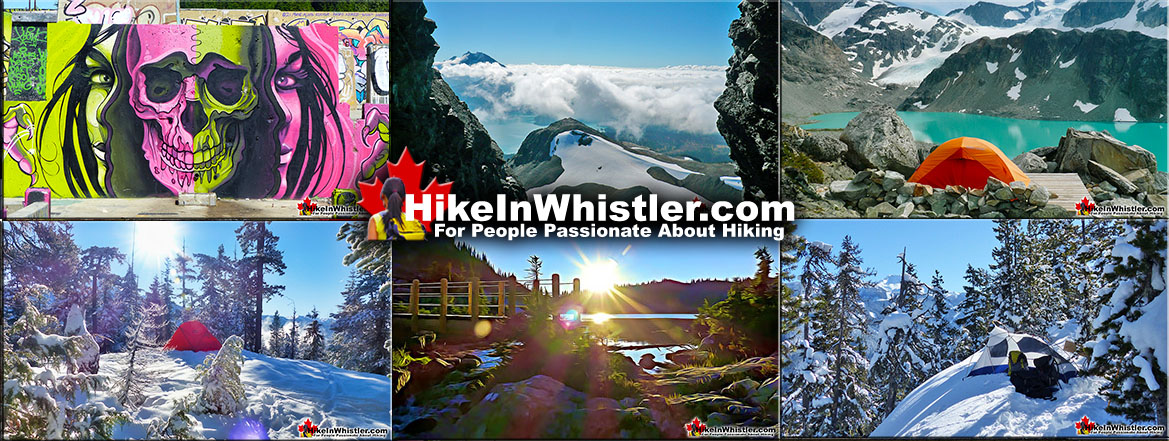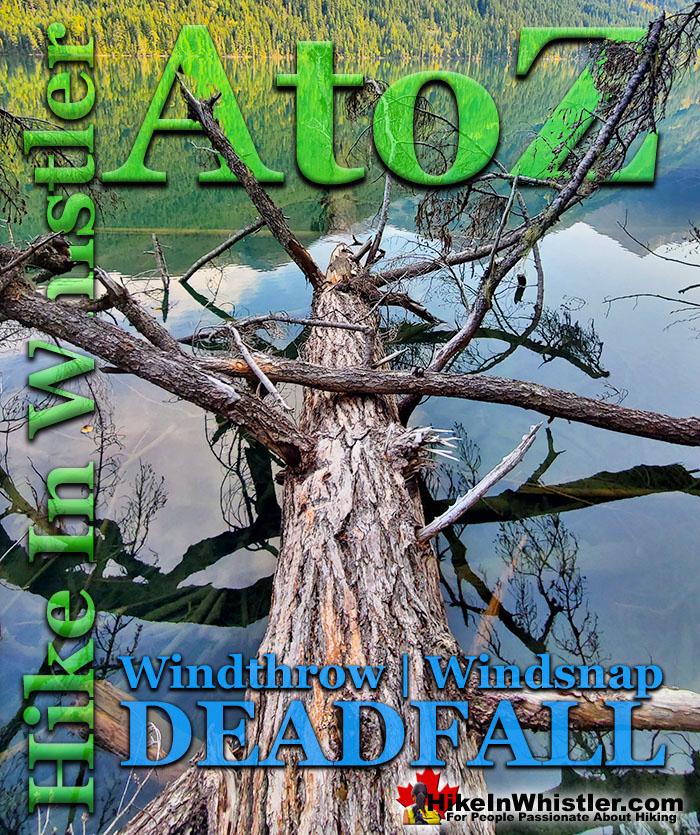
![]() Deadfall means a tangled mass of fallen trees and branches. There are several name variations for fallen trees that are commonly used in Whistler. Windthrow, blowdown and windsnap are used somewhat interchangeably with deadfall. Deadfall is a more generalized term that literally means dead and fallen, as in a dead and fallen tree. Windthrow and blowdown, however are more specifically used to refer to trees blown over and uprooted by strong winds during storms.
Deadfall means a tangled mass of fallen trees and branches. There are several name variations for fallen trees that are commonly used in Whistler. Windthrow, blowdown and windsnap are used somewhat interchangeably with deadfall. Deadfall is a more generalized term that literally means dead and fallen, as in a dead and fallen tree. Windthrow and blowdown, however are more specifically used to refer to trees blown over and uprooted by strong winds during storms.
Whistler & Garibaldi Hiking
![]() Alexander Falls
Alexander Falls ![]() Ancient Cedars
Ancient Cedars ![]() Black Tusk
Black Tusk ![]() Blackcomb Mountain
Blackcomb Mountain ![]() Brandywine Falls
Brandywine Falls ![]() Brandywine Meadows
Brandywine Meadows ![]() Brew Lake
Brew Lake ![]() Callaghan Lake
Callaghan Lake ![]() Cheakamus Lake
Cheakamus Lake ![]() Cheakamus River
Cheakamus River ![]() Cirque Lake
Cirque Lake ![]() Flank Trail
Flank Trail ![]() Garibaldi Lake
Garibaldi Lake ![]() Garibaldi Park
Garibaldi Park ![]() Helm Creek
Helm Creek ![]() Jane Lakes
Jane Lakes ![]() Joffre Lakes
Joffre Lakes ![]() Keyhole Hot Springs
Keyhole Hot Springs ![]() Logger’s Lake
Logger’s Lake ![]() Madeley Lake
Madeley Lake ![]() Meager Hot Springs
Meager Hot Springs ![]() Nairn Falls
Nairn Falls ![]() Newt Lake
Newt Lake ![]() Panorama Ridge
Panorama Ridge ![]() Parkhurst Ghost Town
Parkhurst Ghost Town ![]() Rainbow Falls
Rainbow Falls ![]() Rainbow Lake
Rainbow Lake ![]() Ring Lake
Ring Lake ![]() Russet Lake
Russet Lake ![]() Sea to Sky Trail
Sea to Sky Trail ![]() Skookumchuck Hot Springs
Skookumchuck Hot Springs ![]() Sloquet Hot Springs
Sloquet Hot Springs ![]() Sproatt East
Sproatt East ![]() Sproatt West
Sproatt West ![]() Taylor Meadows
Taylor Meadows ![]() Train Wreck
Train Wreck ![]() Wedgemount Lake
Wedgemount Lake ![]() Whistler Mountain
Whistler Mountain
![]() January
January ![]() February
February ![]() March
March ![]() April
April ![]() May
May ![]() June
June ![]() July
July ![]() August
August ![]() September
September ![]() October
October ![]() November
November ![]() December
December
Encountering a fallen tree while hiking in Whistler is usually the result of a storm over the winter uprooting the tree and leaving it sprawled over the forest floor. This you would call deadfall, or more specifically a blowdown or windthrow. If the tree did not uproot, but instead was broken along its trunk it would be called windsnap. Seeing these in the forest is always an impressive sight, owing to the tremendous strain that the tree must have been under in order to break along its massive trunk. In a large diameter tree recently broken, the remaining stump will often have a jagged crown of spears pointing to the sky. Other examples of windsnap you often see in Whistler will have twisted apart and left a bizarre spiral pattern in the mangled stump. Large and tall trees are more susceptible to storms as their tremendous size and mass put enormous strain on their ability to anchor to the ground. Therefore, along the Cheakamus Lake trail in Garibaldi Park in the spring, for example, will almost guarantee you will encounter a massive deadfall. Of course, you will also be hiking past deadfall from the previous decades that were too enormous to move and required a section to be chainsawed out to unblock the trail. Some impressive deadfalls on the Cheakamus Lake trail have actually altered the direction of the trail to bend around and between massive deadfall trees.
Cheakamus Lake Trail Altering Deadfall
Deadfall at Beautiful Birkenhead Lake
Birkenhead Lake is large wilderness lake in the mountains north of Whistler and much of the shoreline is crisscrossed with beautifully mangled deadfall. The Wilderness Trail that runs along the right side of the lake from the campsite is a very nice trail and due to the extreme slope down from the mountain to the lake, there is a nearly constant show of deadfall.
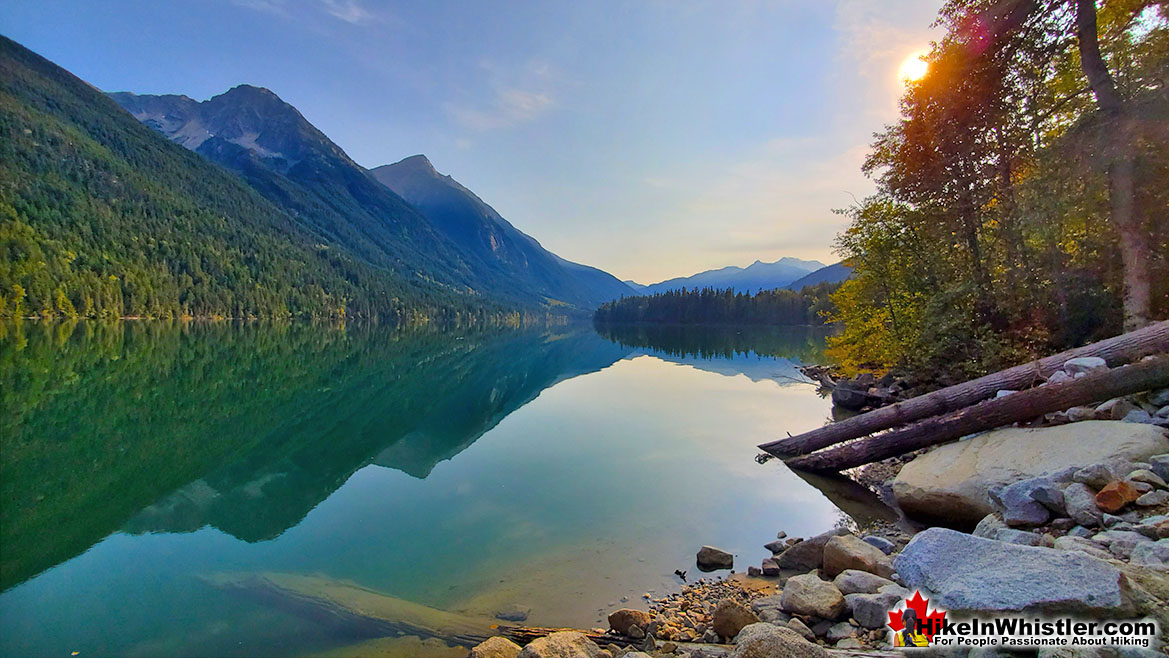
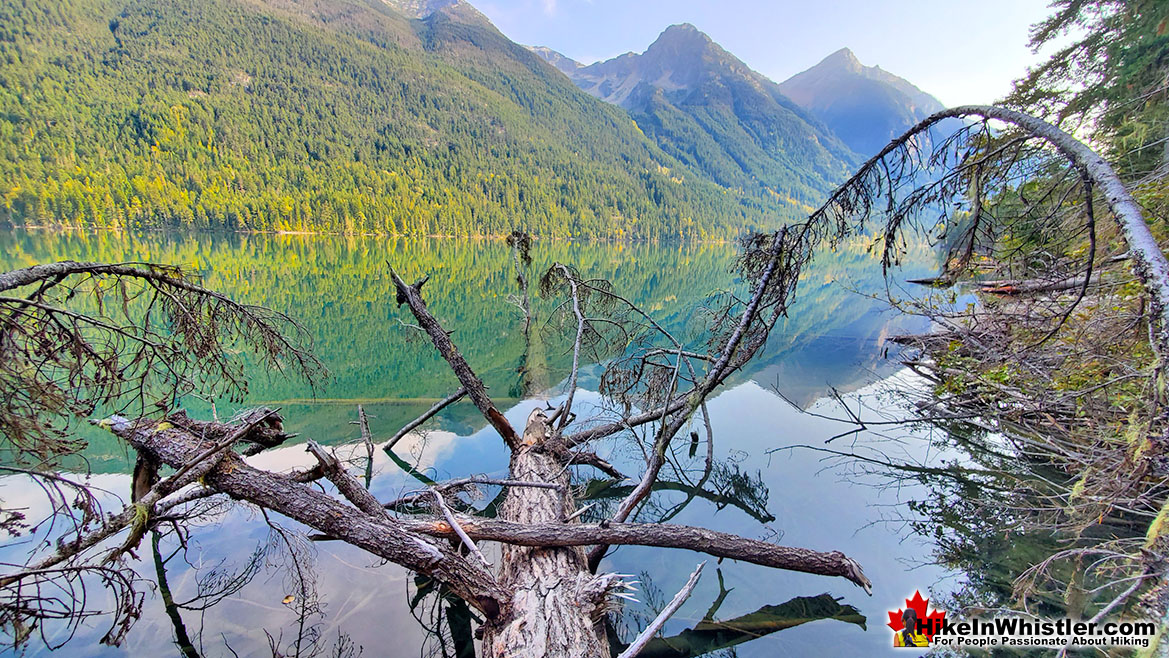
Huge Deadfall at Ancient Cedars
Whistler's Ancient Cedars trail is similarly defined by deadfall. One huge, fallen western redcedar has a large section cut out of it so people can walk through, instead of over or around this ancient giant. Ancient Cedars is a wonderful place to see dramatically beautiful and monstrous trees, but also to marvel at the bewildering array of deadfall in this isolated forest narrowly rescued from the chainsaw just a few decades ago.
Ancient Cedars 2021 Trail Altering Deadfall
In 2021 one of the cluster of three big western redcedars pictured above came crashing down. Below you can see it where it crashed down and smashed one of the Ancient Cedars interpretive signs.
The Deadfall From the Other Side
The Soon to Be Deadfall at Ancient Cedars
This is how it looked from the other side a few years ago.
Deadfall, Windthrow and Windsnap in Whistler
Causes of deadfall, windthrow, blowdown and windsnap are largely determined by storm exposure and how well they are anchored to the ground. Windsnap, however, has another important cause that leaves them vulnerable to storms. Decayed trunks, fungus induced patches of dead tissue, or insect damage can weaken a tree enough to snap it when stressed by high winds. These are three examples of windsnap found in Whistler on the trail to Wedgemount Lake in Garibaldi Park. The weird spiral windsnap in the middle picture is not as rare as you might expect. Another good example is found about 4 kilometres along the Rubble Creek trail, also in Garibaldi Park.
Three Examples of Windsnap in Whistler
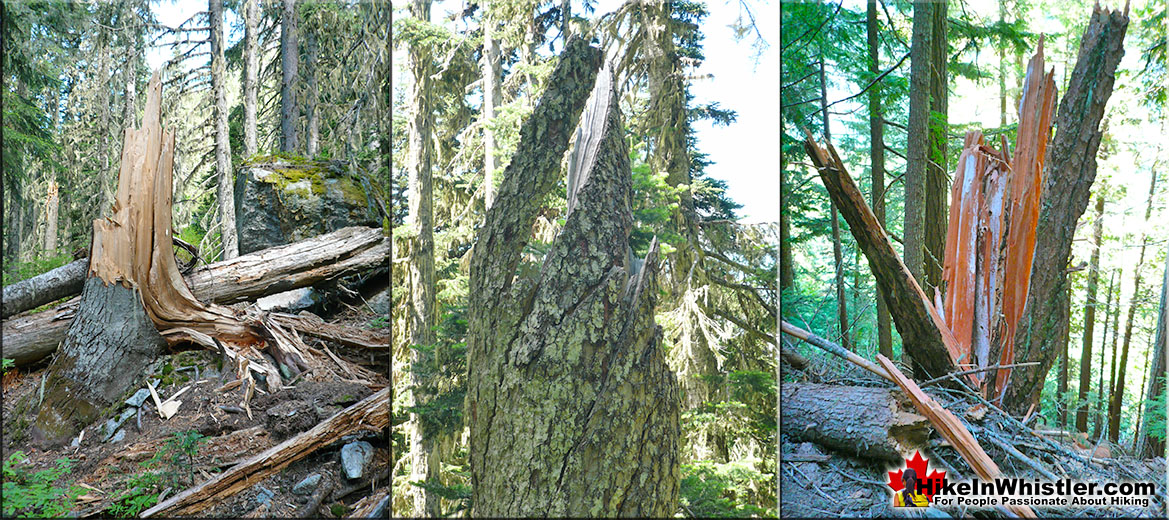
Deadfall at Madeley Lake in Whistler
Other contributors to deadfall, windthrow and blowdown are water erosion undermining a trees roots, or soil erosion from growing on steep terrain. Another cause is the removal of neighbouring trees through logging or road building can expose extant trees to stronger winds and more strain on their roots. This wonderfully huge example of windthrow or blowdown came down in a storm in 2015. Located in the midst of the Madeley Lake campground it has remained an absurdly and hilariously huge obstacle for over a year, until some trail work and chainsawing redirected the trail. The trail now awkwardly bends around the massive, splayed roots and it is now an interesting feature along the short path to the outhouse.
Madeley Lake Campsite Deadfall in 2015
New Growth From Deadfall
Deadfall can actually provide significant benefits to promoting a healthy forest. Studies of forests in the Pacific Northwest of the United States have shown that the large bare patches revealed by uprooted trees become areas of higher biodiversity than the surrounding forest floor. This is due to the tremendous influx of seeds into the newly opened ground as well as the newly opened canopy allowing sun and rain in where previously it was largely blocked. The deadfall itself quickly becomes an advantageous place for seedlings to grow as the decaying tree is nutrient rich, excellent at holding moisture and is elevated above the ground toward the sun. Nurse logs and nurse stumps are often extraordinary sights to see, like this famous example along the Schooner Trail in Pacific Rim National Park on Vancouver Island.
West Coast Trail Deadfall
Along the West Coast Trail you encounter countless deadfall around, over and along the trail. The West Coast Trail runs down the stormy West Coast of Vancouver Island which topples giant trees for six months of the year.
More Whistler & Garibaldi Park Hiking A to Z!
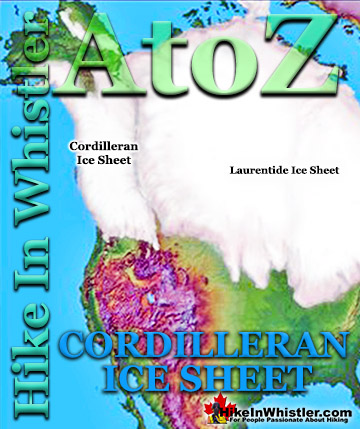
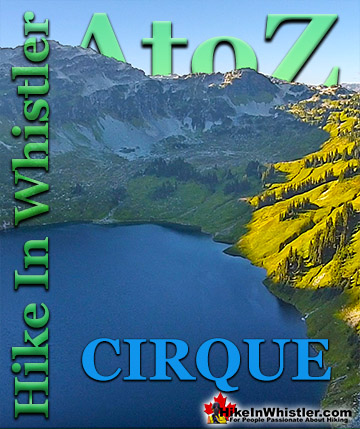

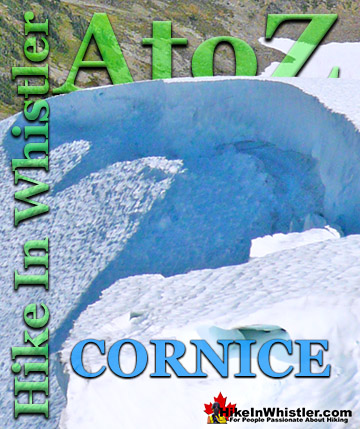
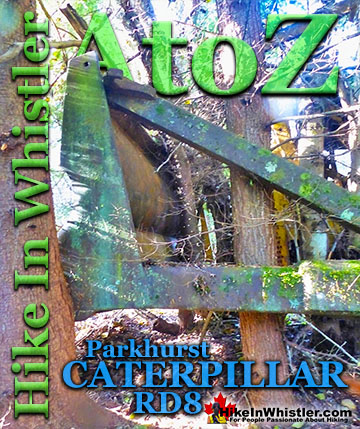
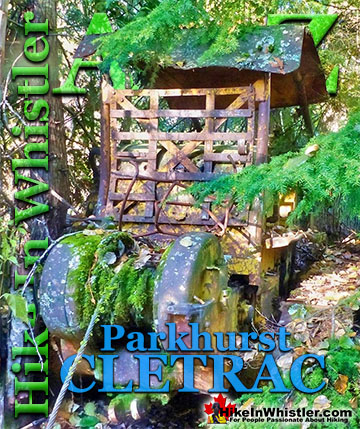


The Best Whistler & Garibaldi Park Hiking Trails!
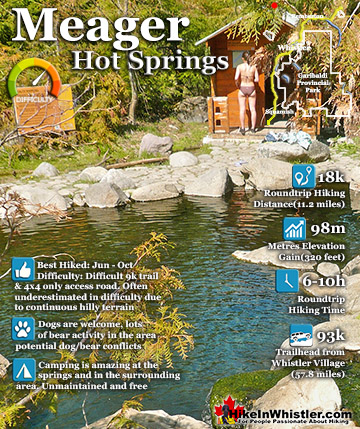
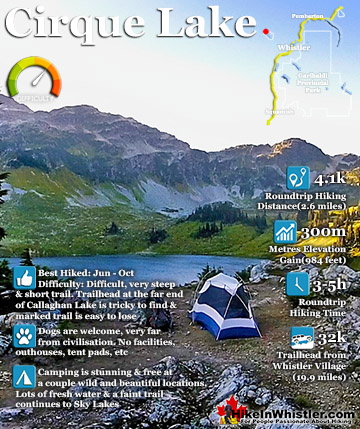
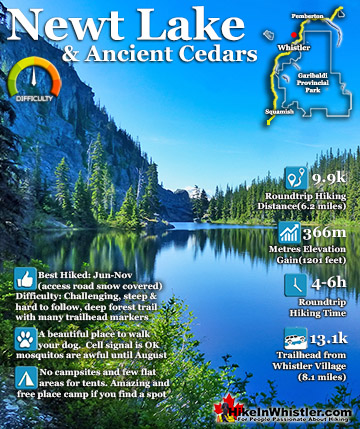
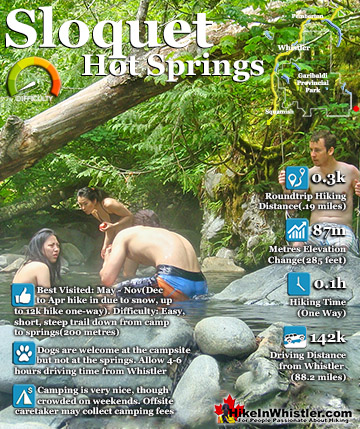
Whistler & Garibaldi Park Best Hiking by Month!
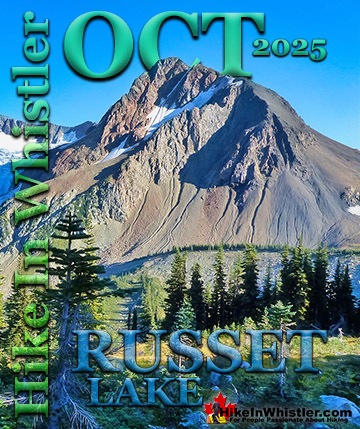
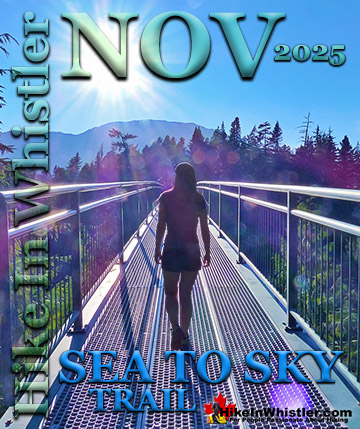

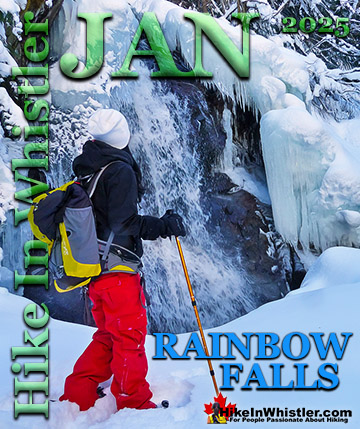
Explore BC Hiking Destinations!

Whistler Hiking Trails

Squamish Hiking Trails

Vancouver Hiking Trails

Clayoquot Hiking Trails

Victoria Hiking Trails


